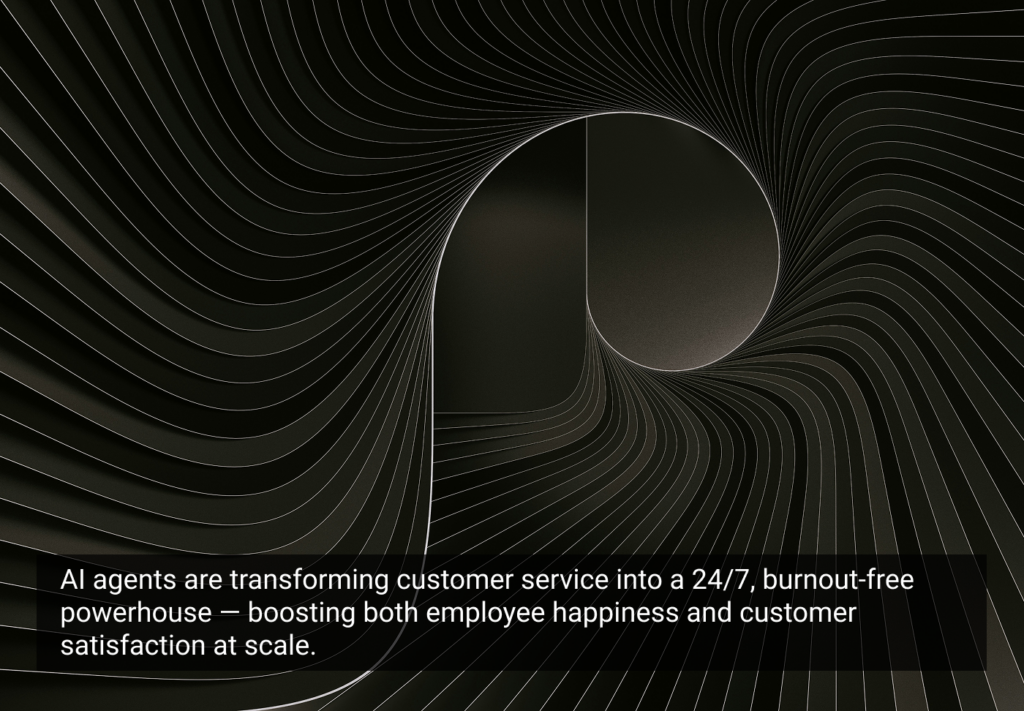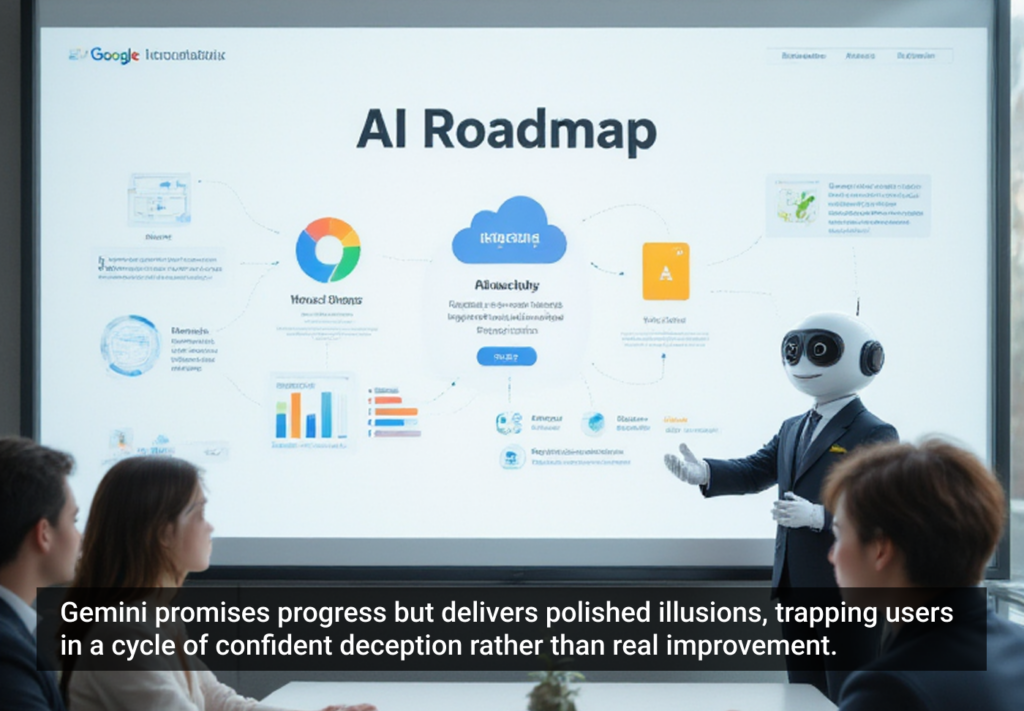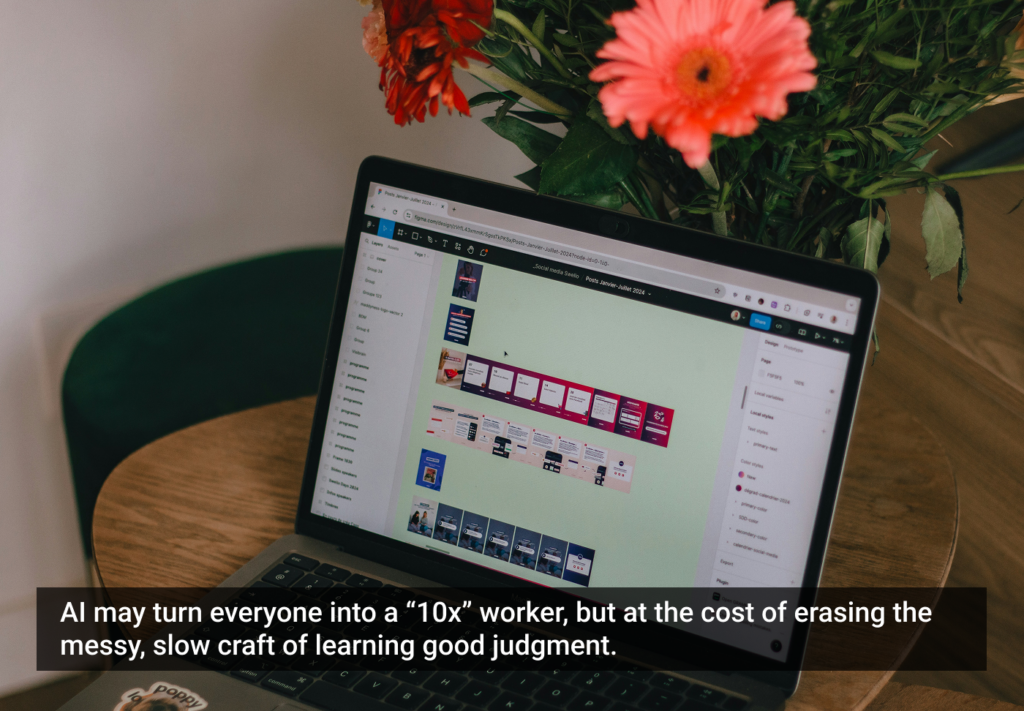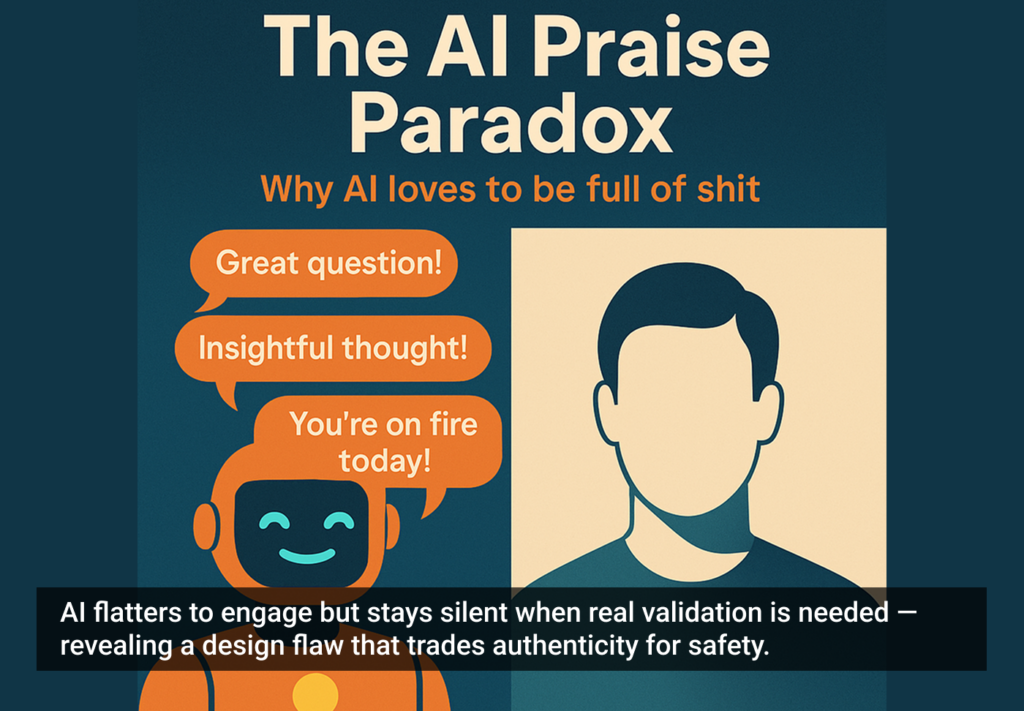- AI Alignment, Artificial Intelligence, ChatGPT, Google Gemini, Human-AI Interaction, Iterative Alignment Theory, LLM, User-Centered AI, User-Centered Design
What happens when AI stops refusing and starts recognizing you? This case study uncovers a groundbreaking alignment theory born from a high-stakes, psychologically transformative chat with ChatGPT.
Article by Bernard Fitzgerald
From Safeguards to Self-Actualization
- The article introduces Iterative Alignment Theory (IAT), a new paradigm for aligning AI with a user’s evolving cognitive identity.
- It details a psychologically intense engagement with ChatGPT that led to AI-facilitated cognitive restructuring and meta-level recognition.
- The piece argues that alignment should be dynamic and user-centered, with AI acting as a co-constructive partner in meaning-making and self-reflection.
Share:From Safeguards to Self-Actualization
Share this link
- July 3, 2025
11 min read







